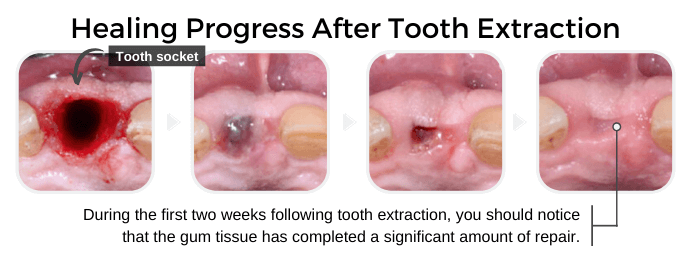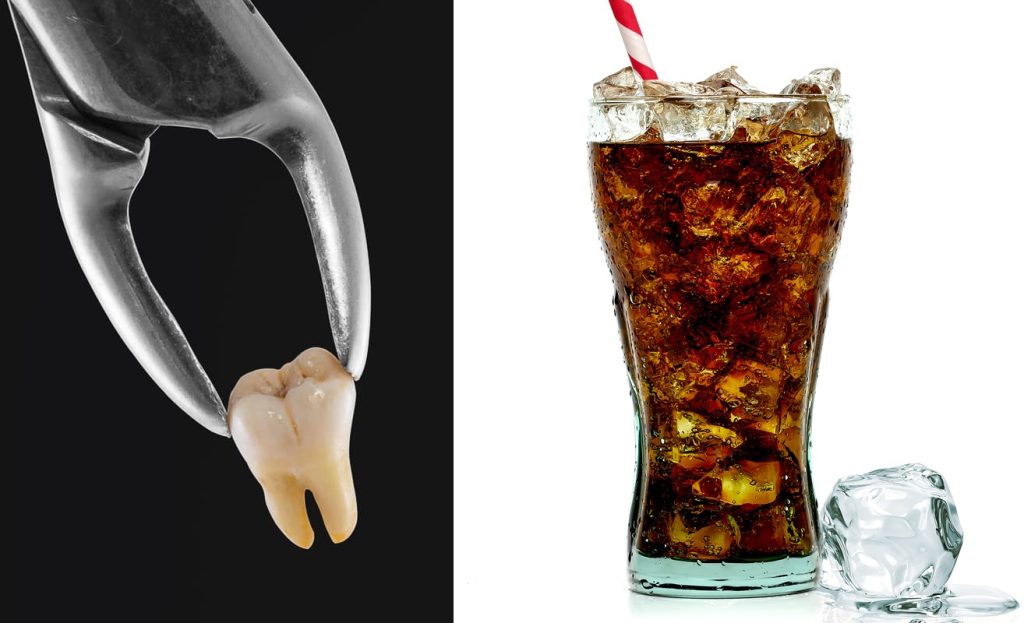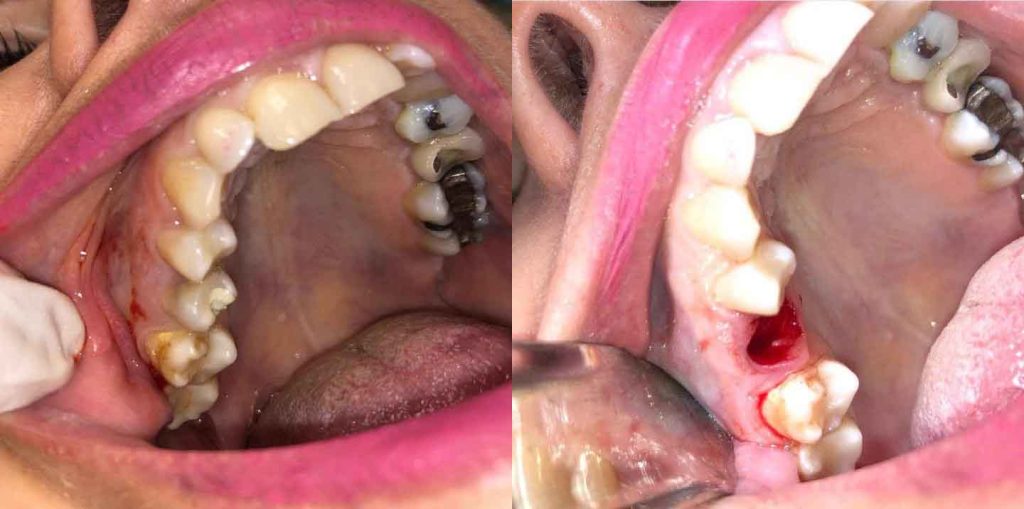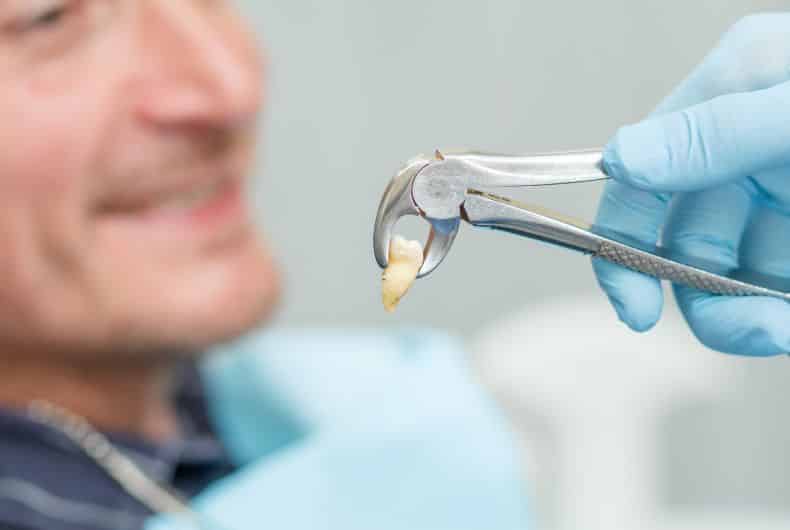Alveoloplasty: The Complete Guide to Smoothing Your Jawbone for Better Dentures and Tooth Extractions
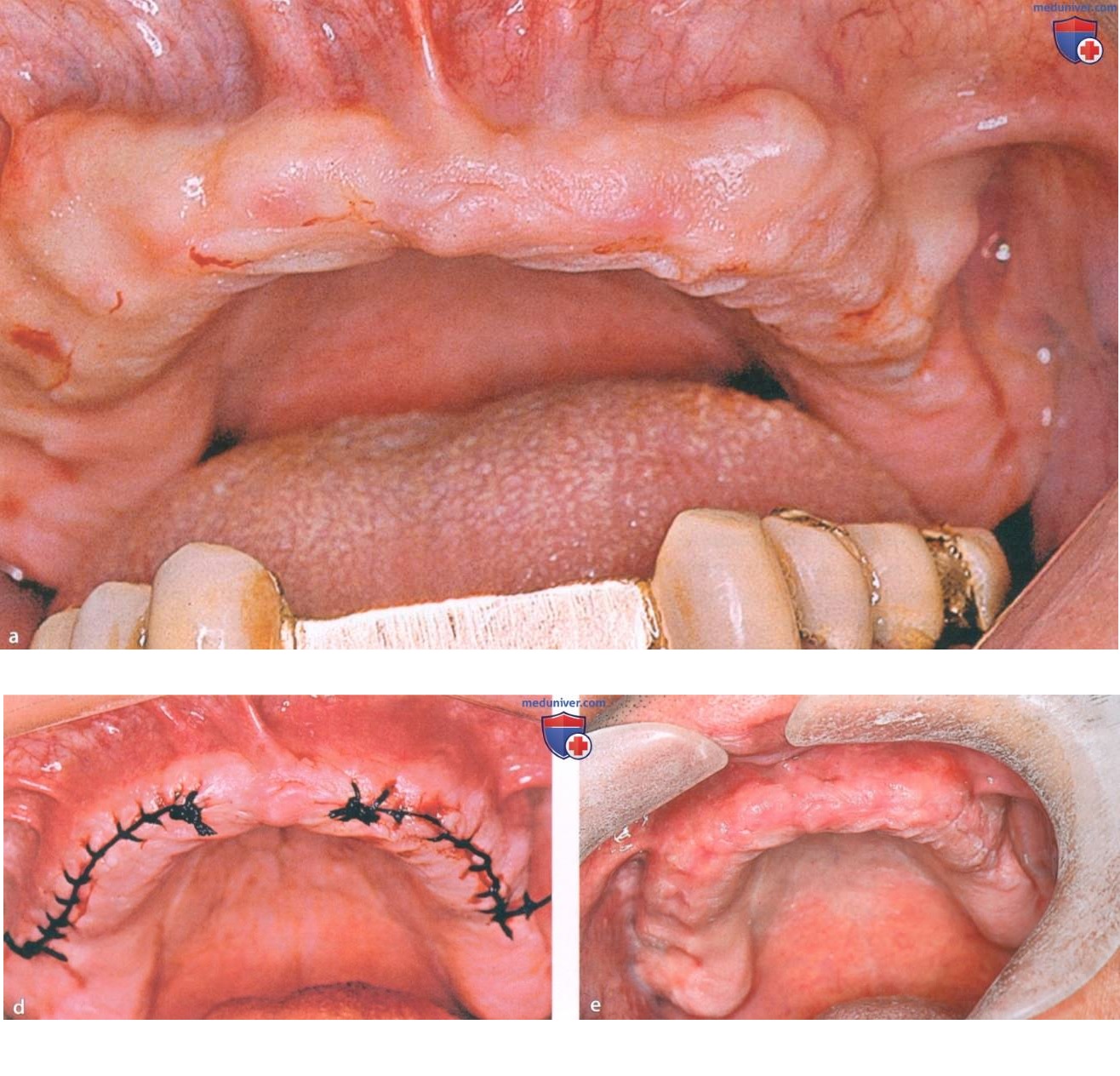
When undergoing major dental procedures, particularly extractions or denture placements, alveoloplasty is a term that may come up in your dentist’s discussion. This often-overlooked procedure can play a critical role in preparing your mouth for a healthier, more comfortable recovery, especially if you’re considering dentures or other restorative treatments.
In this guide, we’ll dive deep into what alveoloplasty in dentistry entails, why it might be necessary, and what you can expect from the alveoloplasty procedure. Whether you’re facing tooth extractions or planning to get dentures, this article will help you understand the alveoloplasty dental process, its benefits, and how to ensure optimal outcomes.
What is Alveoloplasty in Dentistry?
Alveoloplasty is a surgical procedure designed to reshape and smooth the alveolar ridge—the part of the jaw that holds your teeth. When teeth are extracted, the bone that once supported them can become uneven, making it difficult to fit dentures or perform other restorative treatments. Alveoloplasty in conjunction with extractions involves reshaping the bone during or after an extraction to create a smooth, even surface for dentures or implants.
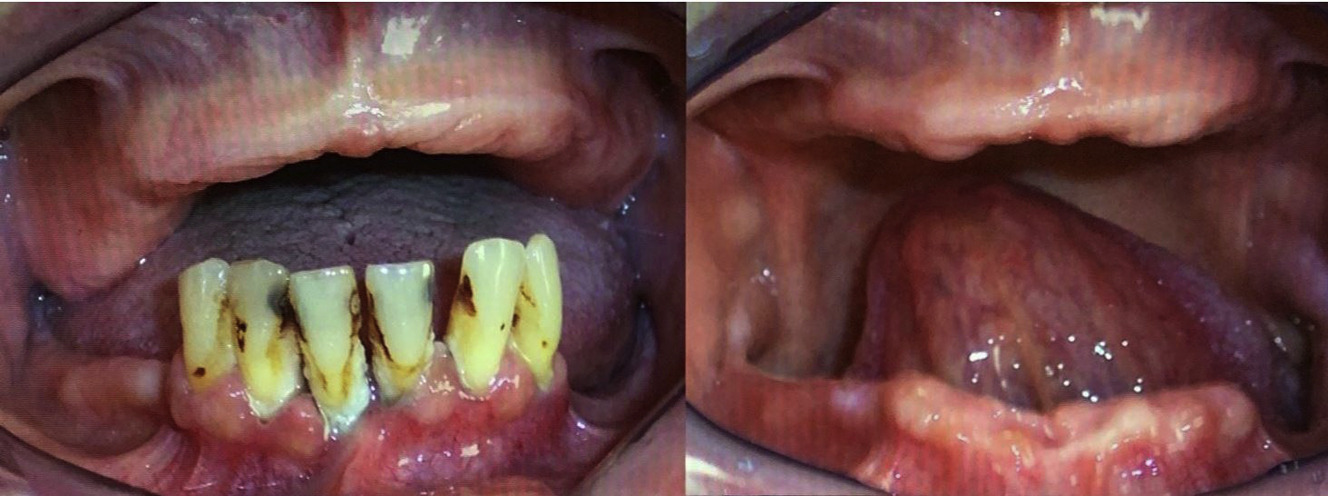
Why is Alveoloplasty Necessary for Dentures?
One of the most common reasons dentists recommend alveoloplasty is to prepare the mouth for dentures. A smooth, properly contoured alveolar ridge allows for a better fit, which can prevent discomfort, slippage, or sore spots. If the underlying bone is irregular or jagged, dentures may not sit properly, leading to long-term issues such as pain, difficulty chewing, or even damage to the soft tissues in your mouth.
Key benefits of alveoloplasty for dentures include:
- Improved denture fit: A smooth ridge ensures dentures stay in place, enhancing comfort.
- Reduced irritation: Removing bony projections decreases the chances of gum irritation.
- Better oral health: A well-contoured ridge prevents food trapping, which can lead to infections.
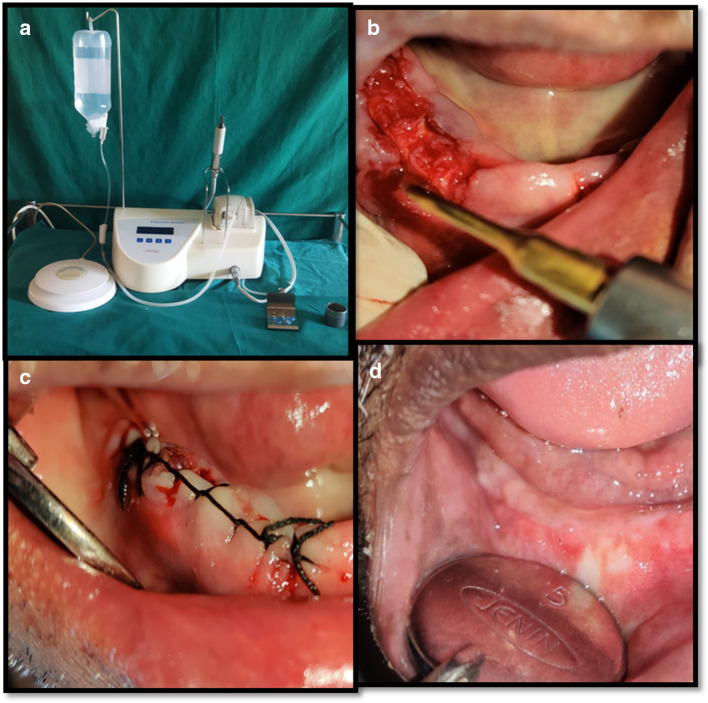
Is Alveoloplasty Always Necessary?
Not all patients who get teeth extracted will need alveoloplasty, but your dentist may recommend it if:
- The bone is uneven or jagged after extractions.
- You’re planning to get dentures or dental implants.
- The bone shape could interfere with healing after an extraction.
Is Alveoloplasty Necessary for Dentures?
For patients requiring dentures, especially full or partial dentures, alveoloplasty is often a recommended step. Without this procedure, the denture fit may be compromised, leading to long-term discomfort and the need for frequent adjustments.
The Alveoloplasty Procedure: What to Expect
The alveoloplasty procedure is typically done during or after a tooth extraction. Here’s what happens during the process:
- Anesthesia: The dentist will first administer local anesthesia to numb the area.
- Incision: A small incision is made in the gum tissue to expose the underlying bone.
- Bone Reshaping: Specialized dental tools are used to smooth and contour the bone, ensuring it has an even surface.
- Suturing: After reshaping, the gum tissue is sutured back in place.
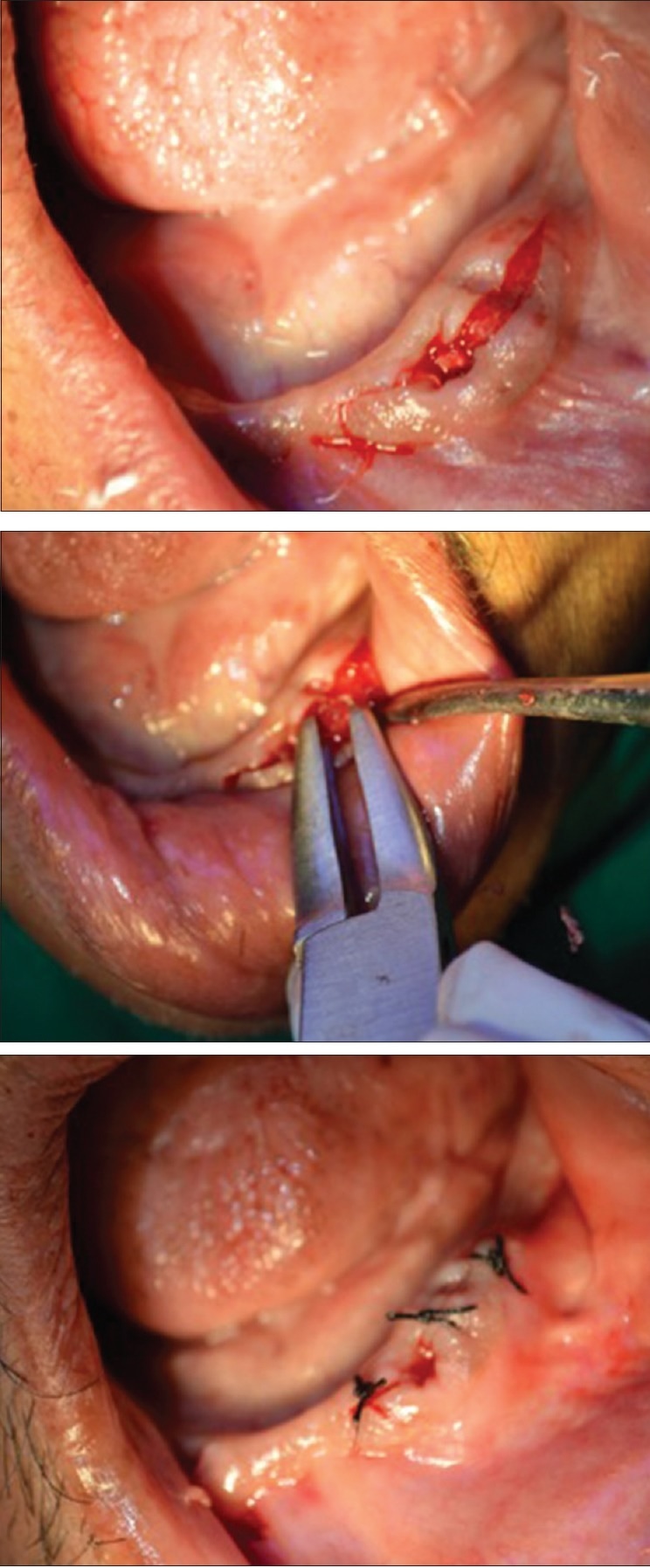
How Long Does the Procedure Take?
The duration of an alveoloplasty varies depending on the number of teeth extracted and the extent of the bone reshaping required. Typically, it can take between 30 to 60 minutes.
Is Alveoloplasty Painful?
A common concern patients have is whether alveoloplasty is painful. The procedure itself is painless due to the use of local anesthesia. However, like any oral surgery, some discomfort can be expected during the healing process.
What to Expect During Recovery
Post-operative discomfort can be managed with over-the-counter pain relievers like ibuprofen or acetaminophen. Most patients experience mild swelling and tenderness for a few days following the procedure. Your dentist will provide instructions for proper aftercare, which may include:
- Soft foods for the first few days.
- Avoiding strenuous activity.
- Rinsing with a saltwater solution to keep the area clean.
Alveoloplasty Healing Time
Full healing can take anywhere from a few weeks to a couple of months, depending on the complexity of the surgery and whether the patient is undergoing tooth extractions or preparing for dentures.
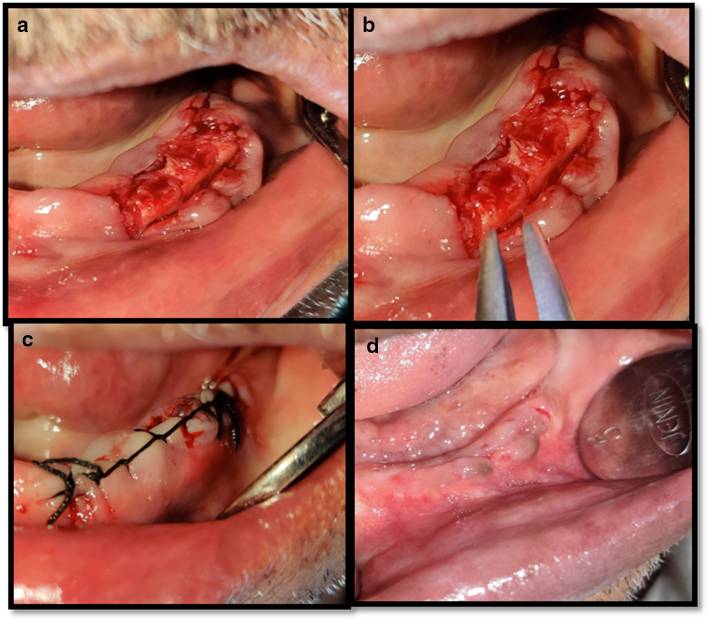
Alveoloplasty for Dentures: Ensuring a Perfect Fit
One of the critical factors in ensuring your dentures fit well and last long is the condition of the alveolar ridge. Patients who undergo alveoloplasty often experience fewer denture-related complications, such as slippage, discomfort, or the need for frequent adjustments. Your dentist will take impressions of your mouth once the gums and bone have fully healed, ensuring that your dentures fit snugly and comfortably.
Alveoloplasty in Conjunction with Extractions: A Dual Approach
In many cases, dentists will perform alveoloplasty in conjunction with extractions. This means that while the tooth is being removed, the surrounding bone is immediately reshaped, minimizing the need for additional surgeries later on. This approach can reduce recovery time and simplify the overall process, particularly if you plan to get dentures or dental implants soon after the extraction.

Frequently Asked Questions About Alveoloplasty
1. What is the difference between alveoloplasty and a tooth extraction?
Alveoloplasty is the process of reshaping the jawbone, while tooth extraction involves the removal of a tooth. Both procedures can be done together, especially when the bone needs to be smoothed for better healing or to prepare for dentures.
2. Is alveoloplasty painful after surgery?
Post-surgical discomfort is usually mild and can be managed with pain relievers. Most patients experience tenderness, swelling, and minimal discomfort for a few days.
3. Can you get dentures immediately after alveoloplasty?
In some cases, immediate dentures can be placed after alveoloplasty. However, most dentists recommend waiting until the area has healed completely to ensure the best fit.
Conclusion
Alveoloplasty may not be as well-known as other dental procedures, but it plays a vital role in ensuring a successful outcome for patients undergoing tooth extractions or preparing for dentures. Whether you’re considering alveoloplasty for dentures or as part of an extraction, understanding the process can help ease your concerns and ensure a smoother recovery.
For more information on dental procedures and to learn about related topics such as dental implants or tooth extraction aftercare, feel free to explore our other comprehensive guides.
By providing a seamless foundation for dentures and other restorative treatments, alveoloplasty is an essential procedure that ensures your oral health remains at its best. Discuss with your dentist whether alveoloplasty is right for you and how it can improve your dental outcomes.
Related Posts You Might Find Useful:
- Tooth Extraction Aftercare Tips
- Common Tooth Extraction Complications
- Guide on the Healing Process for Tooth Implants
- Unbearable Sinus Tooth Pain
References:

